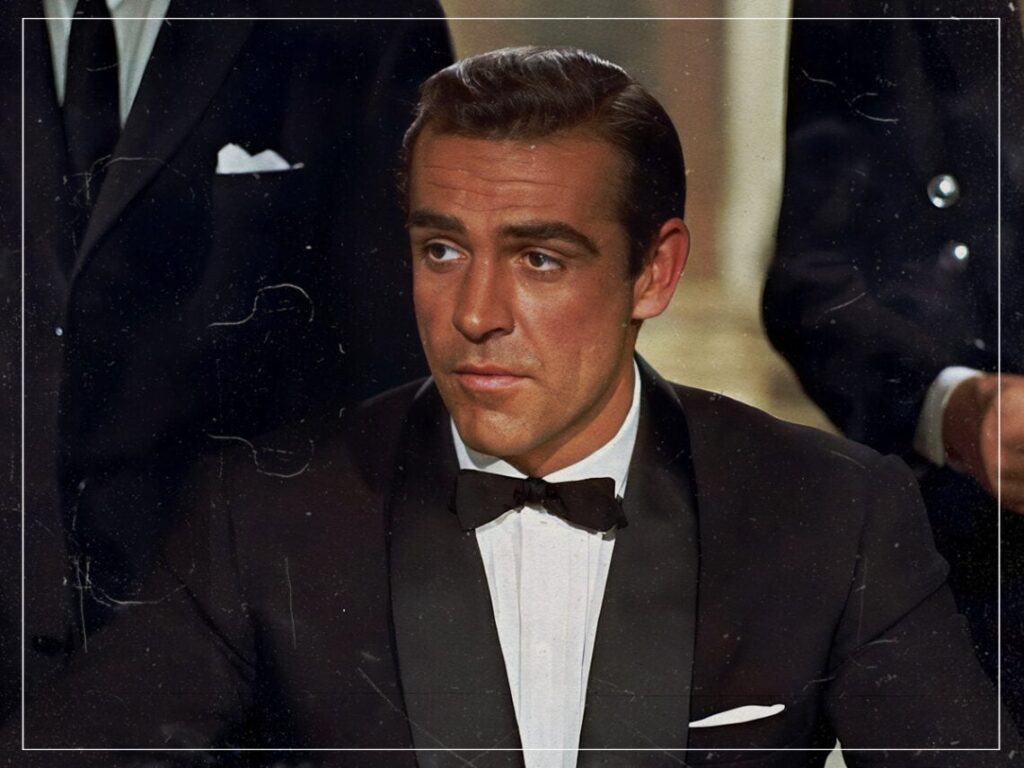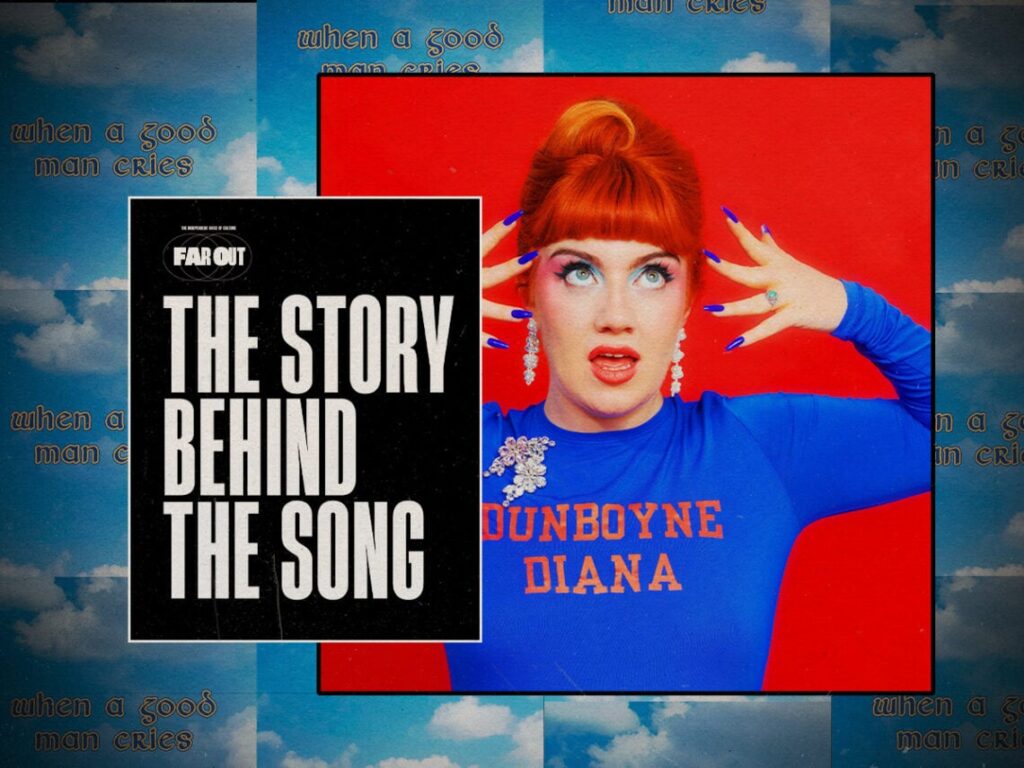“The best popular record that has ever been recorded”: how The Misunderstood became the lost pioneers of the music world
 Posted On
Posted On
(Credits: Far Out / Cherry Red Records)
It would be easy to conjure up a list of the best psychedelic bands of the 1960s. Pink Floyd, The Beatles, Grateful Dead, Jefferson Airplane, and many more dabbled in the art of psychedelic culture, but few bands embodied the spirit of experimentation and boundary-pushing as authentically as The Misunderstood. In the mix of era-defining groups, this particular assembly was one whose innovative sound and tragic obscurity made them one of the most enigmatic hidden gems in music history.
Formed in the mid-1960s, The Misunderstood were entirely ahead of their time. Their blend of distorted guitars, heavy feedback, unusual song structures, and socially conscious lyrics reflected the experimental tendencies of the burgeoning psychedelic scene while still maintaining a raw, blues-influenced edge that set them apart from their more mainstream contemporaries.
But the reason we don’t really hear about them as much today as many of their peers remains difficult to analyse. Their label as the “lost pioneers” of psychedelic music is usually pinned down to the competitiveness of the landscape at the time rather than a factor impacted by the unfortunate circumstances the band members endured during their brief tenure. Alongside a handful of popular singles in the mid-1960s, The Misunderstood became an overshadowed talent mainly due to the bleak hands of socio-political upheaval that plagued their journey.
Discovered by DJ John Peel, the group’s core members during its most influential period included Rick Brown, Glenn Ross Campbell, Greg Treadway, Steve Whiting, George Phelps, and Rick Moe. Peel helped the group relocate from California to London in 1966 after deciding they had a better chance of making it there, his commitment a mere manifestation of the sheer belief he had in their talent and ability to reach the big time.
Peel first witnessed The Misunderstood when he attended the opening of a new shopping mall where a band called the Mystics were playing. In the afternoon, another band called The Misunderstood performed, which immediately captivated his attention. “[They were] one of the very best bands that I ever saw in all of my life,” he recalled, and afterwards, he became the glue that held them together. Or, as Whiting later put it, “He kind of became our big brother, surrogate father, whatever.”

Peel’s guiding principle was in Campbell’s guitar playing, which gave the band its unique sound because it sounded “sort of Yardbirds-y … yet with an extra dimension to it.” Because of this inexplicable magic, Peel found their live performances completely unparalleled, the type of indescribable experience that had people “clutching their faces”. During one particular gig in Hollywood, Peel witnessed the “most glorious musical evening of my entire life” when the band played a 24-minute version of ‘Smokestack Lightning’, which cut so deeply that the staff closed the bar, the audience stopped dancing, and “they were just standing there looking”.
However, the moment they stepped foot in England, things went downhill. Alongside visa issues, Brown was drafted into the Vietnam War. Signing to Fontana Records and releasing their first single brought Peel closer to uttering his desperate “I told you so” to the US press, but the UK press didn’t take to their charm as easily as Peel and American audiences, which caused general interest to wane pretty quickly.
Although 1967 exposed them to the enjoyment of a handful of promising reviews, their initial breakthrough dissolved into nothing and difficulty finding a replacement for Brown rendered The Misunderstood a faded shell of their namesake. By the end of 1967, Peel had returned to America, and the various members of the band were scattered across the globe, serving distinctive duties.
Over the years, however, The Misunderstood seemingly achieved the impossible by accruing a cult following, with die-hard psychedelic music fans stumbling upon their music and enjoying what they heard. Since the 1960s, several compilations of their music have appeared, and their recordings are cited by many lucky enough to find them as monumental psychedelic influences and the most innovative sound to come out of the era.
Although they never truly made it, this particular band was restricted only by the unfortunate perils of circumstance, the disadvantages of both cultural politics and working class setbacks rendering their efforts almost obsolete. However, thankfully, their music is available for rediscovery for any curious heart who wishes to experience the best band that never made it—a band whose daring soundscapes, emotive lyrics, and fearless experimentation captured the essence of a revolution, offering a powerful reminder of the creativity and resilience that defined the underground music scene of the 1960s and beyond.
[embedded content]
Related Topics


